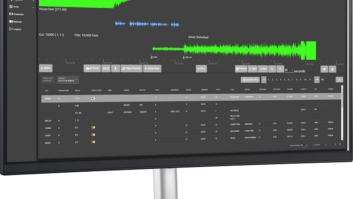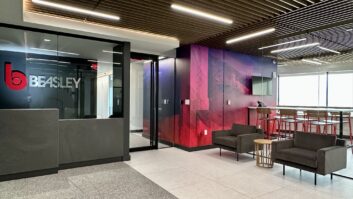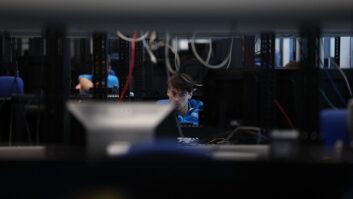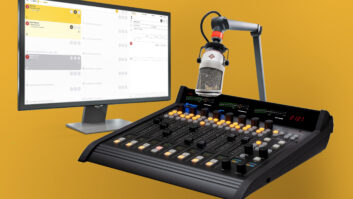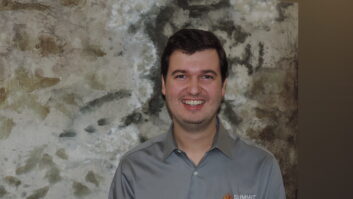Mike Dorris is a managing partner at Inrush Broadcast Services, a Chicago-based integration firm serving the radio industry and adjacent media fields. This interview is excerpted from the Radio World ebook “Trends in Consoles 2023,” available here.
Radio World: Mike what’s the most important trend in console design?

Mike Dorris: The migration from fixed-purpose console engines to software-based mixing architectures. The ability to use any available compute resource — on-prem server, public cloud, etc. — is critical to increasing flexibility, minimizing real estate requirements and maximizing cost efficiency.
RW: What will the console of the future look like, if we use one at all?
Dorris: We will always use a console of some kind for live production, but for many workflows, pulling a console up on a laptop at home will become just as effective as walking into a physical studio. The console will remain the center of any live broadcast studio as the necessary component to combine standard audio mixing/routing with machine logic, muting and other customizable functions.
RW: How widely have radio broadcasters adopted “glass” surfaces?
Dorris: We’ve helped several large and medium broadcasters who are widely adopting glass surfaces. Some other large broadcasters have merely dipped their toes in the water.
The big blocker for all adopters is how to provide tactile feel of faders and buttons to an operator. Veteran talent operate without actually looking at the surface, so switching to a glass surface that provides no real tactile response is incredibly challenging for live shows.
A good combination these days seems to be physical surfaces for on-air studios, and glass for production rooms where precise timing isn’t a concern.
[Check Out More of Radio World’s Tech Tips]
RW: What can be done now with scripting?
Dorris: It’s a mistake to view scripting and designing custom workflows as merely an additional add-on feature. In some cases, the scripts or workflows we have designed and written wrap around every major function of the consoles and ancillary equipment, adding facility-wide functionality that is crucial to the operational success of the broadcaster.
Modern-day integration is not just wiring the equipment; that’s only the bare minimum. The biggest impact we make for our clients today is integrating disparate software and hardware components into a unified, cohesive system.
RW: How did the pandemic and explosion in hybrid workflows influence the design of broadcast consoles and related infrastructure?
Dorris: It has made any consoles sold today without fully functional remote-control capabilities not worth buying. Any console you purchase today should allow you to push every button, see every screen and understand exactly what your console is doing remotely. Excluding motorized faders, you should be able to do everything you would in front of the console from anywhere; any console that doesn’t offer that isn’t worth considering as your next investment.
RW: Any suggested best practices for someone who is setting out to make a console system buying decision?
Dorris: It’s much easier said than done, but try to pick a console that is more flexible than you think you need. Getting locked into a console that has fixed hardware functions will just end up frustrating you later. Finding one with programmable things, even if you don’t need it to be programmable right now, makes your life easier when two years from now somebody needs a button to start the coffee pot.





